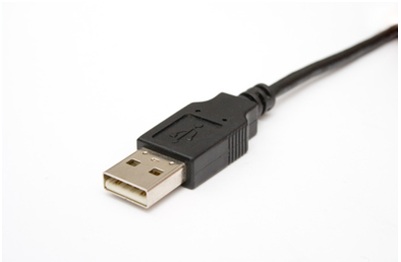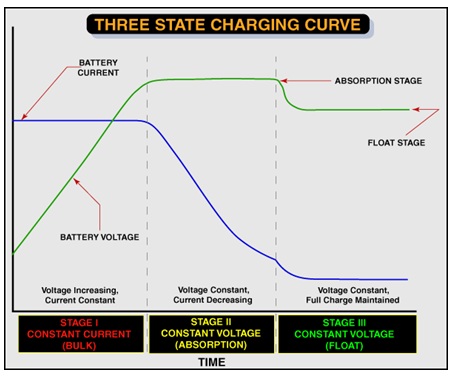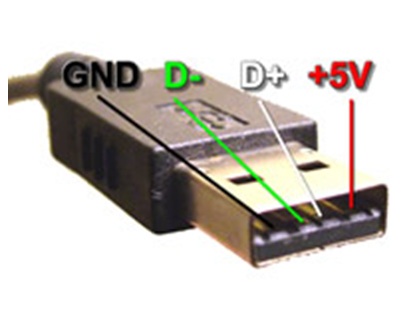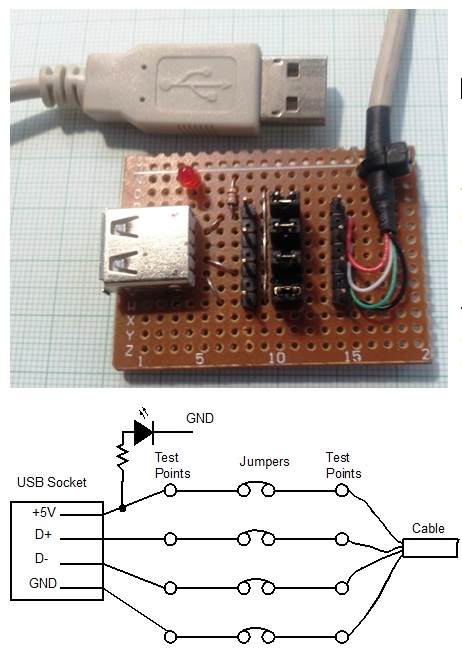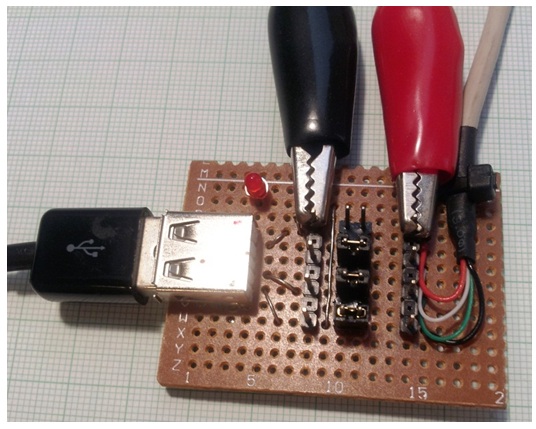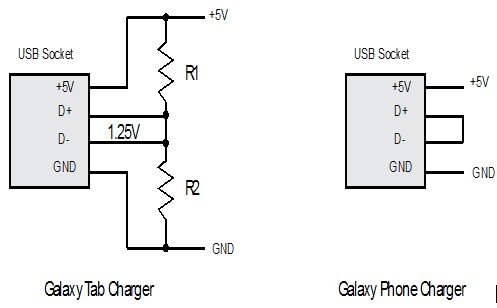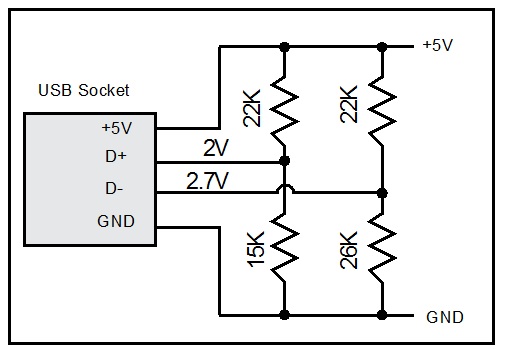The Mystery of USB Chargers
By Jestine Yong on July 9, 2014
Almost any new device such as mobile phone, tablet, iPod, GPS etc… will come with some sort of USB Charger and a cable. The cable will connect to your device through a dedicated connector, mini USB, micro USB or manufacturer’s specific. At the other end, most cables will be terminated with the familiar USB connector (USB type A), which you can connect either to the charger or to your computer.
If you are like the 50% of mobile phone users you will buy a second charger, just to have one at work and one at home. Over the years, you will end up with several USB chargers and you might wonder if you could simplify your life by having only one charger, or at least a couple of chargers, for all your devices. The problem is that they are not all compatible. Your Samsung charger will not work with your Apple device etc… In this article we will analyze some USB chargers and find out why they are so different. And may be find out that they are not so different at all…
Battery charging principles
Before going into the mystery world of USB chargers we need to do a refresh on (generic) battery charging. Charging a battery is much more than applying the right amount of voltage and current to its terminals and hoping for the best! Despite their apparent simplicity, batteries are complex devices. They have their own charging and discharging characteristics. A battery will need a larger current at the beginning of the charge, decreasing as the charging process goes on. When the battery is fully charged it will need a very small amount of current to maintain the charge. Too much current might damage the battery. Too less current and the charging process will take forever.
Battery chargers (talking about the generic ones) must have a certain amount of built in intelligence. Some can be quite sophisticated, like the 3 stage chargers for example. A 3 stage battery charger will maintain a constant current until 80% of the charge, then a constant voltage with decreasing current until full charge. Then it enters the float mode where a constant current and constant voltage is maintained to keep the battery charged without boiling it. These chargers are controlled by microprocessors and can be quite expensive.
What about USB Chargers?
Do our tiny USB chargers have all this intelligence built in? Not really… In the case of a mobile phone/tablet charger, the intelligence is at the other end of the cable, in the device itself. The devices will happily take the 5V input and regulate the current as it suits them. So why can’t we just apply 5V to the corresponding terminals, then have a charger that works with any one of the devices? The short answer is that the device, although not expecting a great deal of intelligence from the charger, is expecting some information to tell him what kind of charger it is… so it can decide how much current it will take!
The USB plug has 4 terminals only. Two are used for the power (GND and +5V) and two for the data transmission (D+ and D-). If you build a charger that supplies 5V to the corresponding power terminals it might work for some devices and not for others. Most devices will expect the presence of a voltage on D- and D+ which will tell them that it is a genuine charger and how much current it can supply. Some devices expect a short between D+ and D- to identify a “genuine” charger. Indeed most of the so called “universal charger” have the D- and D+ shorted together.
To illustrate this I made the following adapter:
It is very straight forward indeed. Any one of the 4 jumpers can be opened to insert an Ampere Meter as shown below. The test points provide enough space to connect a voltmeter or oscilloscope.
My first test was to connect a Galaxy Tab to its genuine charger through this adapter, with an Ampere Meter connected in series with the + 5V. The A Meter indicated a healthy 720mA when the battery was at 80% of its charge. At 100% the current went down to around 50 mA. This looks very good…
Now I checked the voltages at the data lines. Both were at a potential of +1.25 V. Disconnecting the power I measured zero Ohm between D+ and D- (obviously linked together).
What if I open the jumpers at D+ and D- so the charger only supplies the 5V, without any signal on D+ and D-? Surprise (really?) The device recognizes that a charger is connected but refuses to charge. In summary this one needs its particular signature (+1.25 V on D+ and D-) to recognize a “genuine” charger. Otherwise it will refuse to charge.
Doing the same measurements with my phone (Galaxy Tab using its genuine charger) the results were quite different: Straight through with the jumpers on, the current measured is 280 mA and doesn’t vary when the phone is switched on or off (well regulated). Remove the jumpers and the current goes up to 390 mA with noticeable variations when the phone is turned on or off. Measurements show that D+ and D- are connected together but no voltage is measured. They are not connected to the ground, just floating!
Surprisingly, this device will limit the current to 280 mA when it is connected to its genuine charger. Turning the phone on or off doesn’t seem to affect the current. Otherwise, when connecting the phone to a charger that doesn’t provide the right signature on D+ and D- the current goes up to 390 mA and doesn’t seem to be well regulated anymore (noticeable fluctuations when turning the phone on and off). Scary!
What about Apple Chargers:
Apple chargers are different. They provide a signature on D+ and D- lines using two different voltages, respectively 2.0 V and 2.7 V. Depending on the combination (D- = 2.7 V and D+ = 2.0 V,or D- = 2.0 V and D+ = 2.7 V or both D- and D+ at 2.7 V) Apple devices will identify what type of charger it is and behave accordingly! This is done through voltage dividers. The figure below shows how one of those combinations could be done:
Conclusions:
There is a huge market for USB chargers. As mentioned earlier in this article, about 50% of the mobile phone user will buy a second charger. Chargers are at the top of the list of forgotten items in hotel rooms. No surprise then that the device manufacturers have no interest in making universal chargers, because they want to sell their proprietary products, hence the confusion.
Help is on the way though; there are now official specifications for USB chargers. You can find them at the following link: http://www.usb.org/developers/devclass_docs.
For more information you can also download the data sheet of the TPS2513, USB Dedicated Charging Port Controller (http://www.ti.com/lit/ds/symlink/tps2513.pdf), used by Apple and other manufacturers. This provides interesting information about the D+ and D- signature.
To conclude, here is a word of caution. There are many cheap copy chargers out there. Many can be dangerous, for you and for your devices. The following link will provides excellent information about various chargers and their counterfeits:
It is generally much safer to spend a bit more money for a genuine charger than putting your device and yourself at risk.
This article was contributed by Gerald Musy from Penang, Malaysia.
Please give a support by clicking on the social buttons below. Your feedback on the post is welcome. Please leave it in the comments.
P.S- Do you know of any your friends who would benefit from this content that you are reading now? If so, forward this website to your friends or you can invite your friends to subscribe to my newsletter for free in this Link.
By the way his previous articles can be found in the below links:
